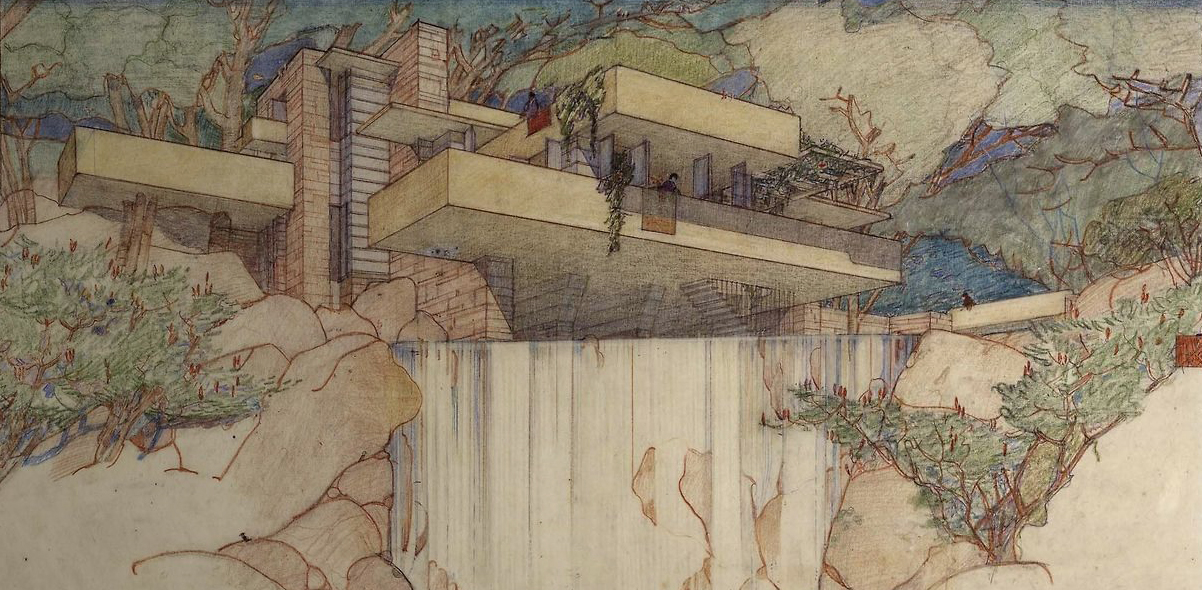Architects: Want to have your project featured? Showcase your work by uploading projects to Architizer and sign up for our inspirational newsletters.
Architects need clients. There is, unfortunately, no other way to be an architect. But despite the fact that obtaining clients follows a relatively consistent, formal process, navigating this process is not often taught in architectural schools, and young architects don’t usually participate in it.
So for anyone interested in bringing new projects into their firm or striking out on their own, this process needs de-mystifying. The process architects typically progress through to get clients involves networking, being invited to propose, preparing proposals, and interviewing. The specifics of this process are outlined below, and often differ depending on the type of project.

via Free-Photos from Pixabay
Networking
It seems logical that an architect would spend most of their time designing buildings, but in practice the majority of a lead architect’s efforts are directed toward lining up future projects. In just about any firm, principals are primarily responsible for winning new work while less experienced designers draw up and administer the construction of that work. To that end, networking for prospective clients involves understanding how people decide to hire an architect in the first place, then being in front of them when they’re about to make that decision.
People who hire architects frequently, such as real estate developers, often keep relationships with many designers and rotate which ones they select to lead projects. People who rarely hire architects, such as individual homeowners, often ask their friends for architect recommendations and pick one from the suggestions they receive. In either case, both client types have a list, and you have to be on their list to be considered for their project.
Getting Invited
You may or may not be aware you’re on someone’s list of potential architects until they ask you to give them a proposal. To be ready to respond to such a request, it’s important to note the different forms they take. On one end of the spectrum someone at a dinner party asks if you’re interested in designing an addition to their house. On the other end, you receive a formal invite to bid on a design project that spells out the exact format your response is required to take, all the way down to font size and typeface.
In both cases, the potential client’s request will be direct, closed, or open. Direct means the potential client is considering no other architect besides you, so you simply need to negotiate fees and any other concerns that client may have. A closed process involves multiple architects competing for the same project, with each architect being exclusively invited by the client to bid on it. An open process occurs only in projects for government agencies, which are often required to accept proposals from any interested architect, or widely-advertised competitions sponsored by private organizations.
Proposing
The proposal an architect submits to a potential client can be simple or complex. A simple proposal may be nothing more than a letter outlining the services you’ll provide with a price for each design phase. A complex proposal, typically prepared in response to a detailed request from a client, often requires resumes for proposed team members, examples of past projects, a comprehensive work plan and schedule for the project, and a breakdown of the design fees you’re asking a client to pay. Some requests for proposals might even ask you to submit conceptual design work.
It’s easy to get caught up in preparing a proposal, especially if it’s asking for design ideas, but it’s important to remember that a proposal is a negotiation. For that reason, many architects simply refuse to respond to requests that require design work unless they’re being paid for it. Requests for proposals may also include language that legally binds an architect to a contract before they win a project, so it’s important to read requests carefully and consult a lawyer if needed. Finally, it’s usually a good idea to set your desired design fees with the expectation that you’ll be asked to lower them at some point before being awarded the job.

via Free-Photos from Pixabay
Interviewing
Often the last step before winning a project, architects are frequently asked to meet with a potential client face-to-face (physically or virtually) to discuss their approach to the client’s project. It’s at this point where architectural commissions are won or lost, typically on criteria the architect is completely unaware of.
A client’s final decision can come down to cost, past experience or even personality traits, depending on how they happen to feel when they make the decision. Mostly, a client’s decision to award a project means they’re committing to an extended professional relationship with an architect, so a smart approach to interviewing is to sell the process of working with you, as opposed to selling a particular design or capability.
Differences by Project Type
The differences an architect might encounter in the process of getting clients is frequently dependent on the type of project being pursued. Single-family residential projects, for example, are often completed for clients who have never worked with an architect before, so the architect will likely drive this process. Commercial construction is carried out by organizations that may have more experience hiring designers, but the way they pick one can be dependent on how they’re paying for the project. Bidding on design work for government agencies tends to be heavily standardized, but architects with prior knowledge of the project or client are often at an advantage.
Regardless how you pursue projects, remember that persistence, patience, and a willingness to learn from mistakes are all essential to the challenge. Trying to get clients can be daunting, but with a bit of tenacity, it can be nurtured into a skill that lasts a lifetime.
Architects: Want to have your project featured? Showcase your work by uploading projects to Architizer and sign up for our inspirational newsletters.
Top image via Malachi Witt from Pixabay





